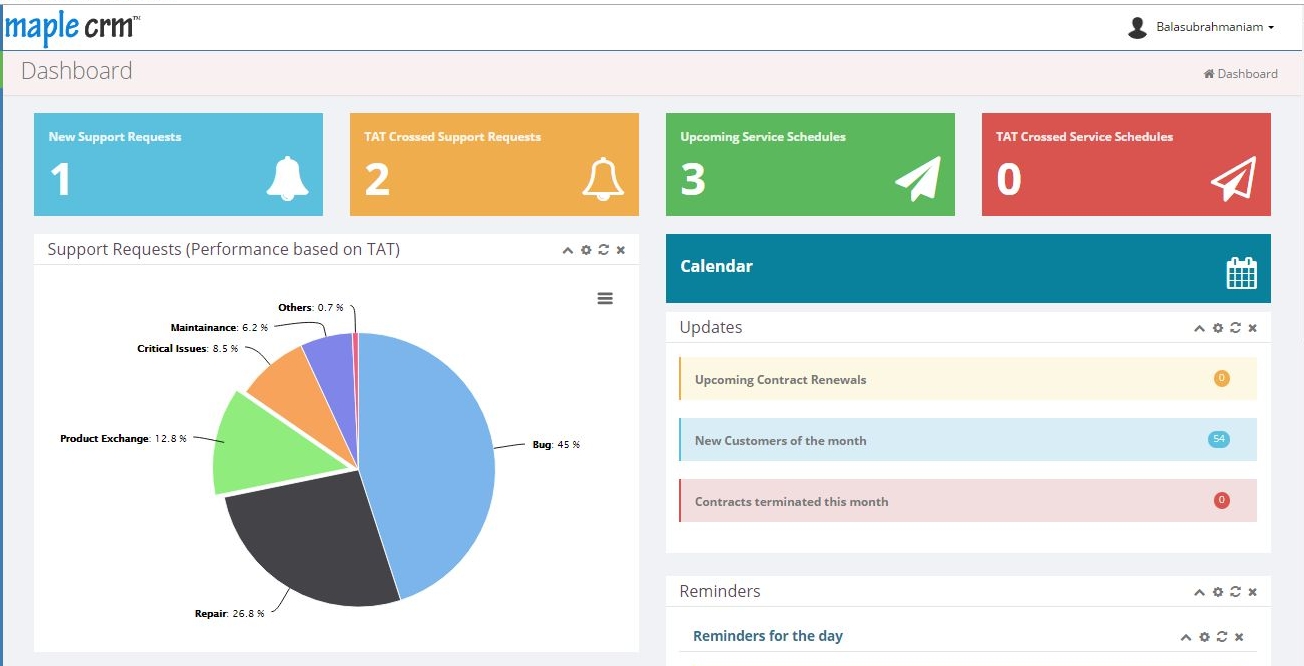Before Dropbox, LinkedIn, Hootsuite, Hubspot, Tumblr and the many social business tools to connect, share and collaborate across the business functions, people were concerned with a more basic question: how do I access my files on another machine?
If you were in sales operations, it was how to keep a customer proposal somewhere that had more than the 20MB of storage on your desktop computer; maintaining forecasting numbers on a VisiCalc (Visible Calculator) spreadsheet on a non-graphical user interface; and if you were lucky, email to your peers, employees or managers to ask, beg and plead for customer information across the company.
Sharing was still a strange idea. Most of the network access was more to have access to large storage space, which was typically broken up and distributed across employees as separate areas. There wasn’t really as much actual sharing in file sharing, between people at the time.
So what if at that time, there was a single application that could, as a team, manage customer records, manage calendars, track sales interactions, and even be used to track and forecast sales, and generally become a common sales and marketing automation system?
There was once a time when only the contact managers are what empowered and enchanted the line-level business people. It enabled them to build relationships and work as a team through those relationships. But management was fearful. They were fearful that salespeople would walk out the door with the contacts. They were fearful that the salesperson wouldn’t do what they were supposed to do. They didn’t trust them. And they wanted a pipeline forecast [so] they can figure out future growth. And thus the CRM was invented…
That was … the Golden Era of engagement and relationship management, workgroup/contact management, (and sales force automation). CRM evolved from that. In many respects, CRM took over the line management and they forgot the sales guys. And now the era of Cloud CRM starts which gives the power of engagement, customer relationships, sales automation, and collaboration, tying together content calendar and communication into one cohesive platform and integrating sales, marketing and support, thus making itself a wholesome package for any organisation to be more productive in the long run with systematic steps, minimizing the total efforts.





